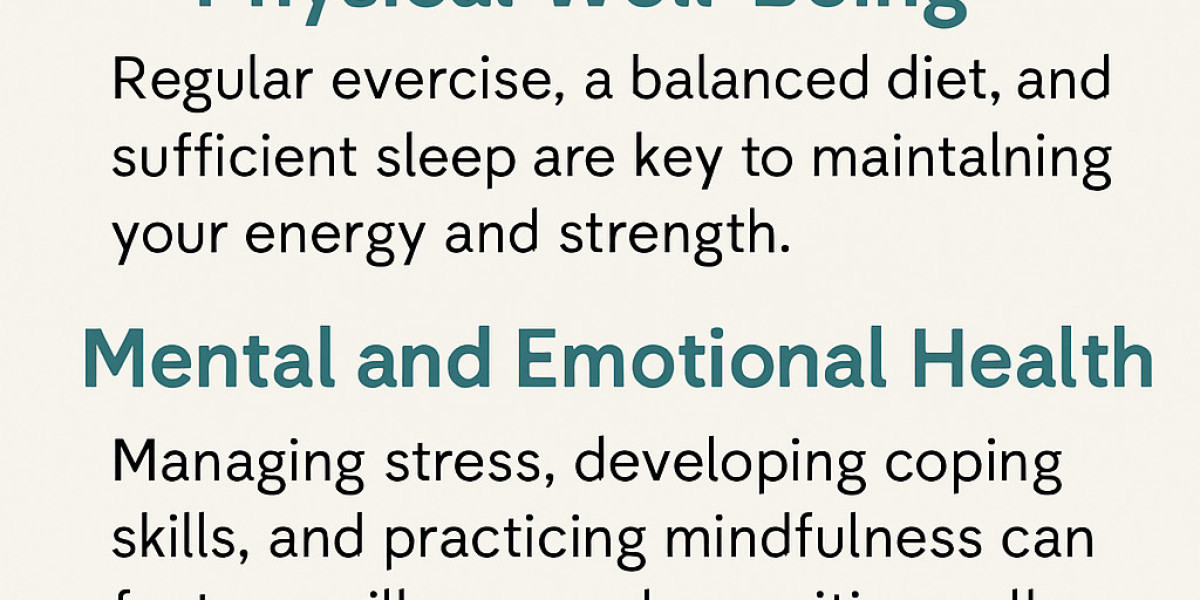Growing taller is a natural desire for many, whether you're a teen navigating puberty or an adult curious about posture, spine health, or fitness. The conversation around height increase isn’t just about inches it’s about understanding your body, your growth potential, and the factors that influence it over time.
In this guide, we’ll break down the science behind height growth, practical lifestyle tips, and what realistic changes you can make to support your natural development.
What Determines Your Height?
Most of your final height is determined by genetics. If your parents are tall, there's a high chance you'll be tall too. But that's not the full story.
Environmental factors also influence height, such as:
Nutrition during childhood and adolescence
Physical activity and bone strength
Sleep and hormone levels
Illness or deficiencies during development
By addressing these areas early on, individuals can reach their maximum height growth potential more effectively.
The Growth Timeline: When Does It Happen?
Human height increases most rapidly during two phases:
Infancy to early childhood
Puberty (roughly 12–18 years for most people)
These are the years when the body experiences rapid development, and growth plates in the bones are active. After puberty, these plates gradually close, making significant growth less likely.
Height Increase After Puberty: What’s Possible?
While post-puberty height increase is limited in terms of bone elongation, adults can still enhance their stature through:
Posture correction
Spinal decompression stretches
Strengthening core muscles
Wearing orthopedic footwear
These methods won’t make your bones longer but can help you appear taller and feel more aligned.
Top Lifestyle Habits That Support Height Growth
If you’re still within your growing years or guiding a child who is—these habits can promote optimal height growth:
1. Eat a Balanced, Growth-Friendly Diet
Your body needs fuel to grow. Include:
Proteins: Eggs, milk, tofu, legumes
Calcium: Dairy, sesame seeds, leafy greens
Zinc & Iron: Pumpkin seeds, whole grains, spinach
Vitamin D: Sun exposure, mushrooms, fortified foods
A deficiency in any of these can hinder your growth.
How Posture Influences Perceived Height
Slouching can “shrink” your appearance by 1–2 inches. Standing tall with your shoulders back and spine straight gives you your full natural height.
Exercises that improve posture include:
Plank holds
Back extensions
Chest openers
Chin tucks
With consistency, you may notice a more upright and confident posture within weeks.
Mindset and Confidence
Regardless of your height, confidence plays a major role in how you’re perceived. Many successful and inspiring individuals aren’t particularly tall but they carry themselves with self-assurance and presence. Working on posture, health, and mindset helps you stand tall in more ways than one.
Conclusion
Height is just one part of your physical identity, but it's often a topic of curiosity and concern. Whether you’re a parent supporting a child or an adult hoping to improve alignment and stature, the journey of height growth is about building a strong, healthy bod,y not chasing impossible guarantees.








